
June 2022
Your 2022 BookPage summer reading guide
Maybe your perfect summer read is pure escapism, heady fun, nonstop thrills or great big heaps of feelings. Whatever your summer vibe, we’ve got a book for you.
Dinosaurs are such a large part of our culture—from books, movies and amusement park rides to children’s toys, clothing and even dino-shaped chicken nuggets—that it’s hard to imagine a time before we knew these huge beasts walked the earth millions of years before us.
The backstory to that revelation is thrillingly outlined in a new book by Reuters senior reporter David K. Randall (Dreamland) called The Monster’s Bones: The Discovery of T. Rex and How It Shook Our World. While on an outing to the American Museum of Natural History in New York City, Randall and his family kept circling back to the captivating, terrifyingly surreal Tyrannosaurus rex exhibit, prompting his son to ask, “Who found these dinosaurs?” This perfectly reasonable inquiry inspired Randall to consider “the human stories behind prehistoric bones.”
In The Monster’s Bones, Randall delves into early fossil discoveries and scientists’ subsequent interpretations of these bones’ origins. As it turns out, industry titans weren’t the only ruthlessly determined men of the Gilded Age. This era also inspired the “bone wars,” literally a race to find the largest and most complete dinosaur skeletons. Housing these displays at museums and universities was a huge status symbol and a way to draw in the public and boost admission.
Randall focuses on the stories of two very different men who participated in this competition: paleontologist and Princeton graduate Henry Fairfield Osborn, and Barnum Brown, a farmer’s son from Kansas who was a skilled fossil hunter. Brown would travel thousands of miles, from the American West to Patagonia, in order to hunt down prize specimens for Osborn’s American Museum of Natural History. Their intertwined story is full of adventure, intrigue and conflict, leading up to Brown’s world-changing discovery of the ferocious T. rex.
Exciting as any action tale, The Monster’s Bones features characters from all walks of life, from cowboys and ranchers to scientists, railroad magnates and university scholars. As with any valuable assets, greed was a big factor driving this race to succeed. However, it also pushed science ahead by leaps and bounds, leading to findings that still inform paleontologists and biologists today.
- by Amy Scribner
An old adage, adapted from the title of a Thomas Wolfe novel, insists that you can’t go home again. Linda Holmes’ deeply entertaining and heartfelt second novel, Flying Solo, counters with: Well, you can, but it will probably be messy and chaotic, and you’ll need some wine and a few friends.
Laurie Sassalyn’s beloved great aunt Dot has died. A journalist living in Seattle, Laurie has been tasked with going through Dot’s belongings and preparing her seaside house in Calcasset, Maine, for sale. Laurie travels to her hometown for the summer and sets to the task at hand with the help of her childhood best friend, June, and her ex-boyfriend Nick, now the town librarian.
As Laurie sorts through 90 years’ worth of photos, letters, books and memorabilia, she comes across a handcarved, beautifully painted duck tucked deep inside a chest. Intrigued, Laurie begins researching this mysterious duck and why Dot had hidden it so carefully. The more Laurie learns, the more she is convinced there is a secret attached to this simple wooden duck.
NPR pop culture reporter Linda Holmes’ first novel, Evvie Drake Starts Over, which was also set in Calcasset, is beloved by readers and critics alike. Flying Solo is another absolute winner. It’s hilarious and insightful, with vivid characters who act and speak in utterly human and believable ways.
Holmes describes Calcasset with such precision and love that it becomes an additional character. In particular, the local library features prominently in the story: “A small parking lot, a bike rack, and a book drop bin sat in front of the big stone building, more like a church than the kind of brutalist block big cities had, or the office-park splat of a structure that too many suburbs got stuck with in the 1970s. This building had been here since 1898 and was on the National Register of Historic Places. This was a proper library.”
Flying Solo has it all: a mystery, shady con artists, a fabulously funny and supportive friend group and even a steamy romance. In the end, though, it’s a deeply felt examination of the choices we make and the many ways we define family.
- by Alice Cary
A former college roommate drops into Ava Wong’s seemingly perfect life after 20 years and wreaks havoc in Counterfeit, Kirstin Chen’s lively caper about importing counterfeit high-end handbags from China. Chen’s third novel is a breezy read with unexpected twists, carried along by Ava’s seemingly heartfelt narration as she confesses her involvement to a police detective. Along the way, there are plenty of fascinating details about luxury goods and the shadow industry of fake designer products. (Even readers who aren’t fashion devotees will likely find themselves checking the prices of crocodile Birkin 25s and Hermes Evelynes as the plot thickens.)
Ava, a Chinese American graduate of Stanford University and law school at the University of California, Berkeley, is a corporate lawyer on leave with a toddler son and a surgeon husband. She’s given little thought to former roommate Winnie Fang, who abruptly left college and returned home to China after what appeared to be an SAT scandal. Upon their unexpected reunion, Ava is amazed by Winnie’s transformation from an “awkward, needy . . . fresh off the boat” college freshman into a glamorous, successful businesswoman.
Rather quickly, Winnie inserts herself into Ava’s life. The timing is just right for such an intervention, as Ava is particularly vulnerable: Her mother recently died, her son throws nonstop tantrums, and Ava can’t stand the thought of returning to her legal firm.
Eventually Winnie recruits Ava to join her scheme: buying high-end handbags from luxury stores, returning imported counterfeits to the stores and then selling the real bags on eBay. Winnie maintains that it’s a victimless crime: “Those luxury brands, they’re the villains.” As the women dart back and forth to China and Ava falls in line with Winnie’s ways of thinking (“That level of audacity, daring, nerve—well, it was intoxicating.”), the novel explores questions of status, commerce and how the two are intertwined. As Winnie notes, “A Harvard degree is not so different from a designer handbag. They both signal that you’re part of the club, they open doors.”
Chen, author of Soy Sauce for Beginners and Bury What We Cannot Take, is a versatile, savvy plotter, and Counterfeit readers will be easily drawn into this morally complicated world.
The Mutual Friend is a stylized, laugh-out-loud funny social satire with devastating aim.
Like his long-running sitcom, “How I Met Your Mother,” Carter Bays’ debut novel is a New York City-set ensemble comedy with plenty to say about the discontents of modern life and the difficulty of connection, with one character who acts as a pivot around which the story hinges.
Alice Quick, originally named Truth, was one of twin baby girls adopted by two different families in the Midwest shortly after birth. A musical prodigy turned chronic underachiever, Alice feels rudderless and lost. She wants to be a doctor—possibly, maybe—but lacks the energy to follow through. Even registering for the medical school entrance exam is overwhelming.
When Alice’s roommate gets engaged, things go from difficult to worse. Alice is suddenly in need of shelter, and desperation lands her in a basement apartment near Columbia University. Finding housing in a convenient neighborhood seems lucky, but Alice quickly gets caught up in the whirlwind that is her new roommate, the imposing and mercurial Roxy.
Roxy is a tour-de-force character who epitomizes the ephemeral nature of life in 2015 New York City. She has a complicated yet hilarious relationship with reality, and the push-pull of her conversations with Alice is priceless. But Roxy is just one of the wonderful and absurd creations within Bays’ debut.
Like The Bonfire of the Vanities for the era of reality TV and social media, The Mutual Friend is a conflagration of cringe, as Bays paints a slightly heightened and terrifying vision of life in our age of distraction. Similar to Patricia Lockwood’s 2021 novel, No One is Talking About This, Bays’ novel sometimes replicates the thought processes of a brain addled by the overstimulation of the internet and omnipresent media: run-on sentences, a litany of random bits of information hitting the reader from multiple sources and a narrative that bounces from one topic to another with abandon.
More than anything else though, the nearly 500-page novel explores people bumping into one another and deciding if they have what it takes to make it stick. And because the book is poised for laughs and broad humor, its painful, critical sections hit harder. For example, Roxy’s second date with a slightly older man, Bob, whom she met on a Tinder-like service called “Suitoronomy,” goes south when she discovers that he’s the focus of a “DO NOT date this guy” blog post. Exposed, charming, dimpled Bob hits back with misogynistic venom. His response is beyond cringe; it’s repulsive. Yet it’s hard to dismiss Bob as a mere internet creep, as the novel gives him an origin story, too, and his tendency to follow the newest, shiniest thing is reflected throughout the larger story in many ways.
The Mutual Friend dwells at the corner of restless and randomness, displacement and dissatisfaction. The narrative is full of stray thoughts and chance encounters, everything fleeting and devastating. All told, it’s riveting.
“Those were the good old days” is a phrase people love to say as they wax poetic about bygone eras. It’s understandable to feel nostalgic given our current chaotic landscape, but as The Lunar Housewife points out, it’s not necessarily merited. Caroline Woods’ historical thriller, set in the final days of the Korean War and the onset of the Cold War, spins a tale of big-city intrigue as it follows a promising young waitress-turned-writer and the increasingly disturbing secrets she uncovers. The result is an addictive binge of a read that’s equal parts intelligent introspection and nail-biting suspense.
It’s 1953, and Louise Leithauser has come a long way from Ossining, New York. The 25-year-old daughter of a housecleaner is now rubbing elbows with the likes of Truman Capote and Arthur Miller in New York City as a writer for the hip literary magazine Downtown. Louise is writing political pieces for Downtown (under a male pen name, but why look a gift horse in the mouth?), dating the magazine’s handsome co-founder, Joe Martin, and penning a sci-fi romance novel, The Lunar Housewife, in her spare time. She’s also certain her twin brother, Paul, who is missing in action in Korea, will come home any day now. But when Louise overhears a conversation between Joe and his colleague Harry regarding mysterious surveillance and their magazine’s dangerous connections, she begins to wonder if anything in her carefully constructed existence is really what it seems.
Coming off her critically acclaimed debut Fräulein M., Woods takes the reader into the tangled web of American-Soviet relations and the dark secrets underneath the New York literary scene’s sparkling surface. Even Katherine, the protagonist of Louise’s novel-in-progress, isn’t immune. A former World War II pilot who voluntarily defected from the States to go on a groundbreaking mission to the moon, Katherine starts to suspect all is not well on Earth or in space. Both Louise and Katherine live in a world that is run by men, but these smart, capable women are not going down without a fight.
The Lunar Housewife will have readers thinking long and hard about how good the “good old days” really were.
- by Jamie Orsini
Readers are treated to two expertly crafted mysteries in Australian author Sulari Gentill’s The Woman in the Library.
Four strangers are sharing a table at the Boston Public Library when they hear a woman’s terrified scream. Winifred “Freddie” Kincaid, Cain McLeod, Marigold Anastas and Whit Metters form a quick friendship while they wait for security guards to figure out what happened. When a woman’s body is later found in the library, the new friends realize they didn’t just hear a scream: They may have overheard a murder. Freddie, Cain, Marigold and Whit set out to discover what happened that afternoon, but they soon realize that their meeting wasn’t random—because one of them is the murderer.

But there’s yet another twist! The characters of Freddie, Cain, Marigold and Whit are just that: characters in a novel being written by an Australian woman named Hannah. She’s corresponding with an American writer named Leo, emailing him the chapters of her mystery novel as she completes them. Leo’s detailed responses follow each chapter, and readers soon realize he is more than an appreciative fan. Leo may be just as dangerous as one of the characters in Hannah’s story.
The author of more than a dozen mysteries, Gentill has created a smart, engaging novel that blurs genre lines. The mystery set within the library is a fresh take on the locked-room mystery, and Leo’s emails to Hannah create an increasingly ominous epistolary thriller, despite the distance between the characters. It’s an inventive and unique approach, elevated by Gentill’s masterful plotting, that will delight suspense fans looking for something bold and new.
Sign Up
Sign up to receive reading recommendations in your favorite genres!



























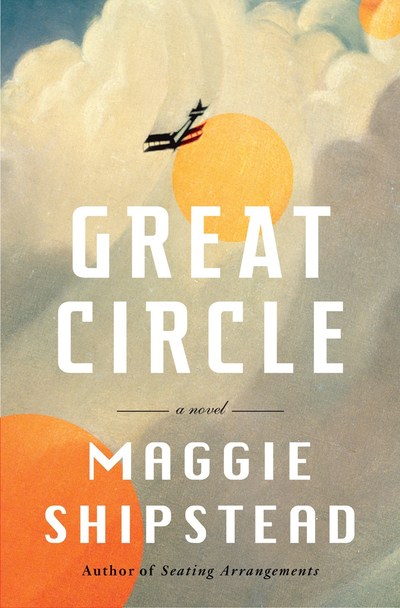
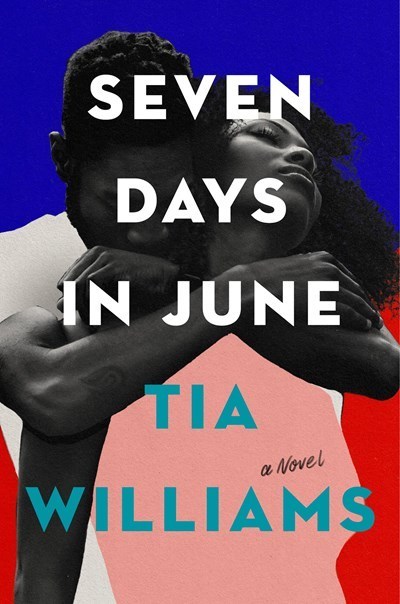

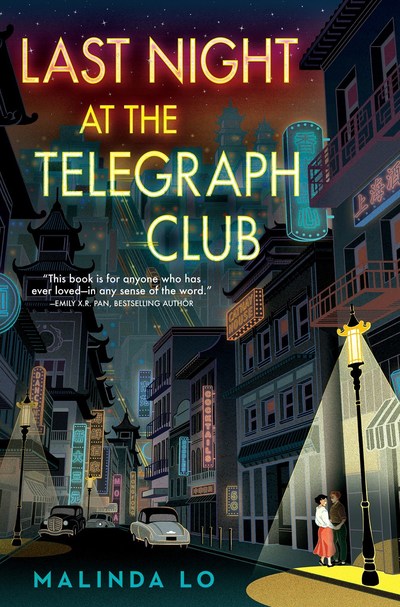

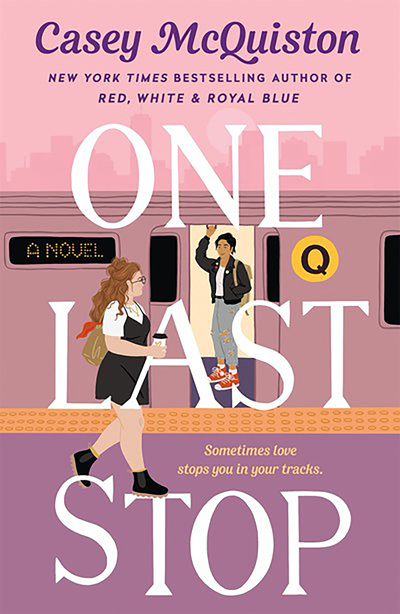

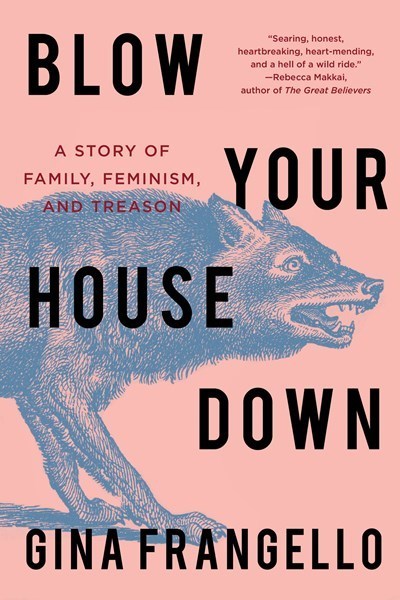













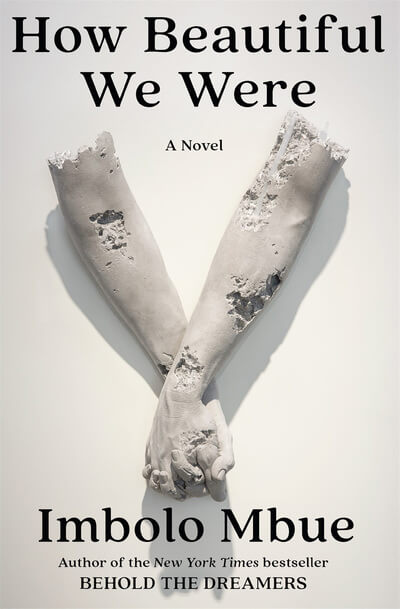
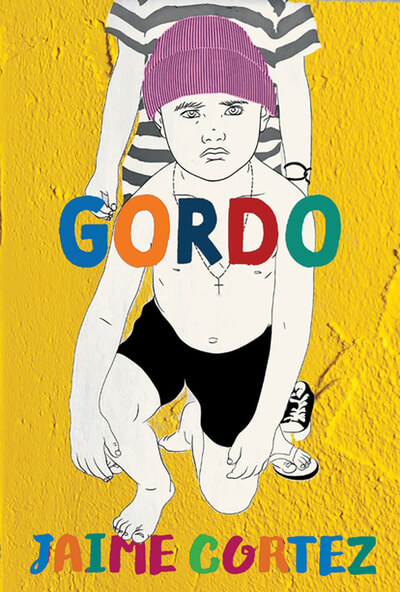
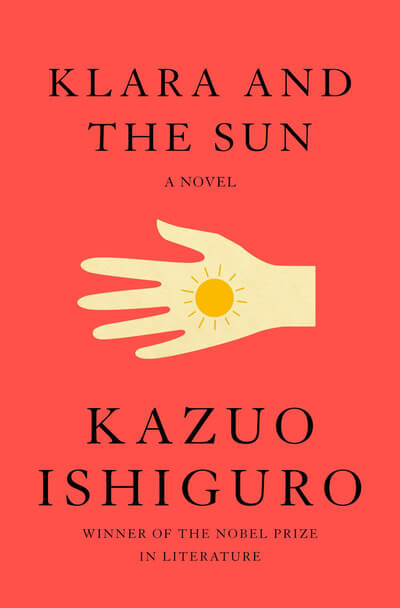
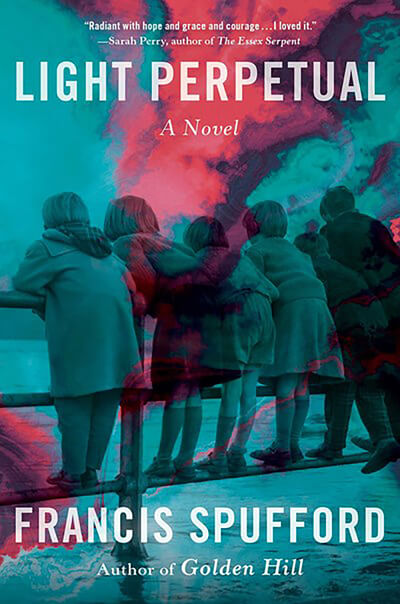

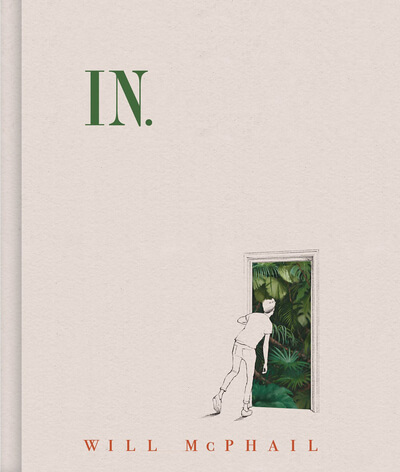
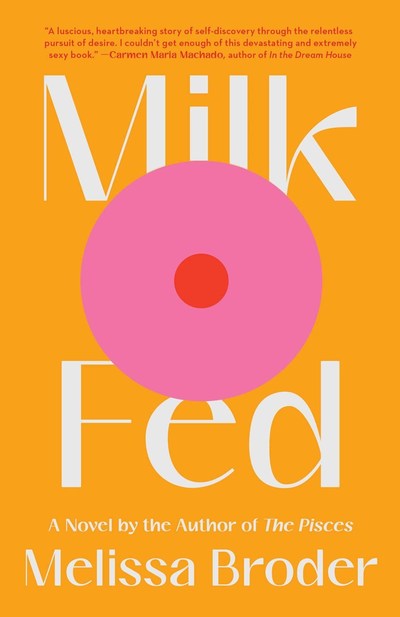
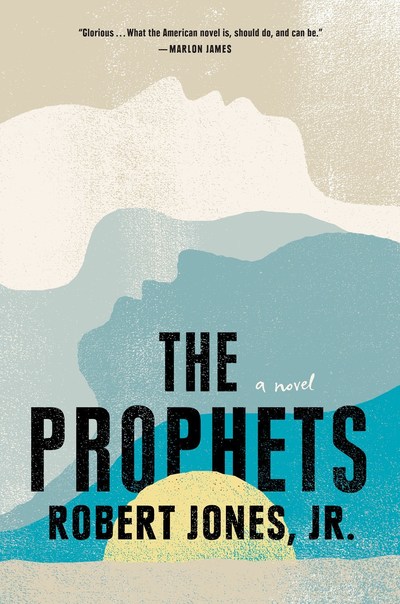


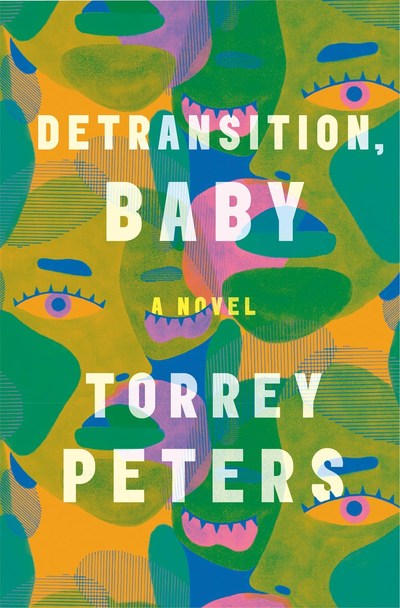



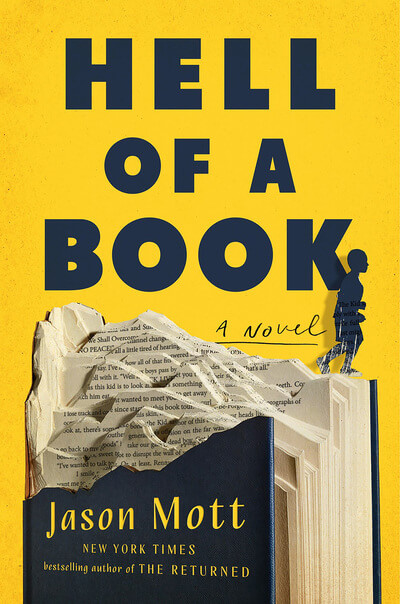

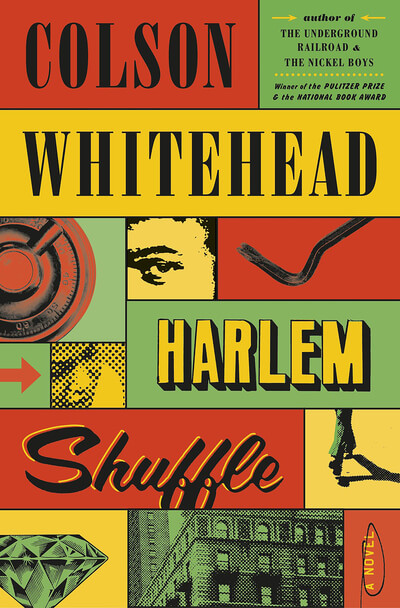




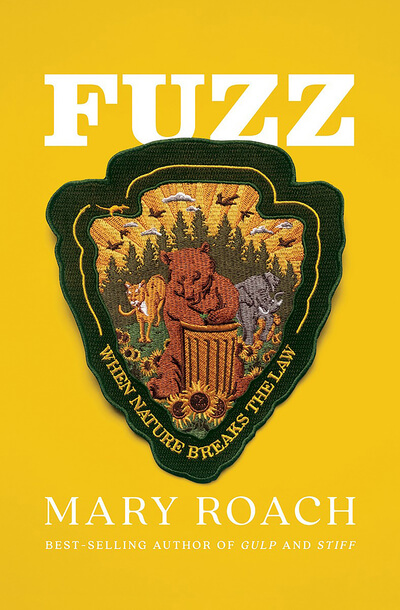

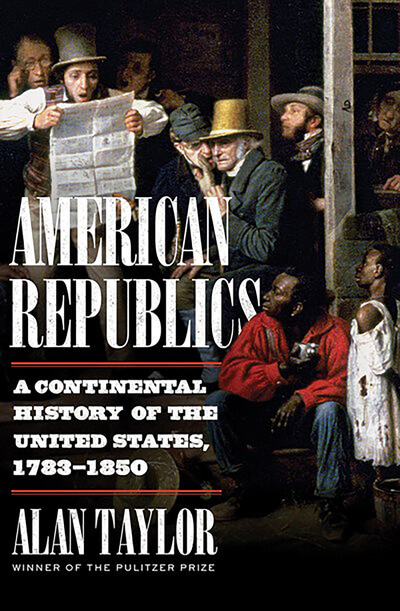
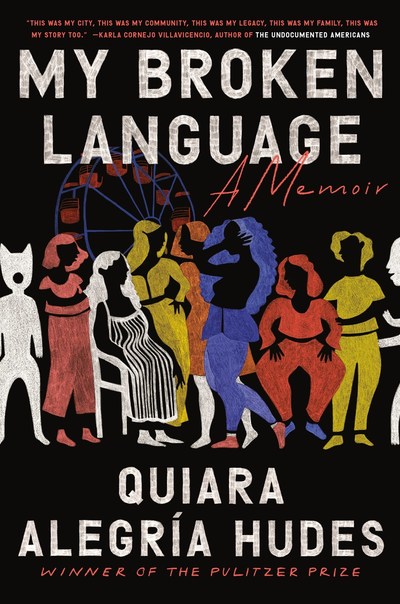
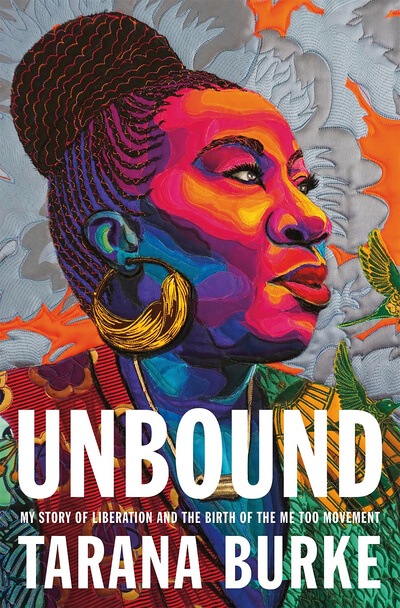
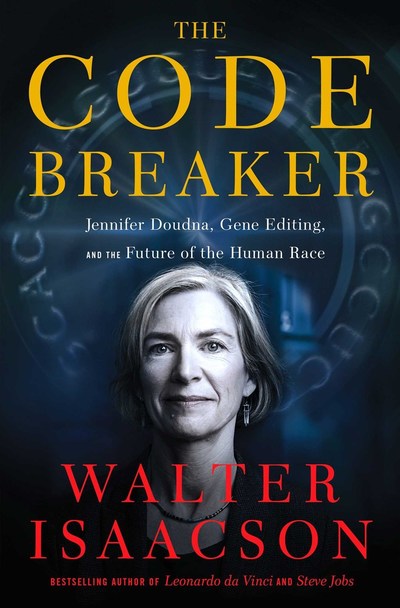

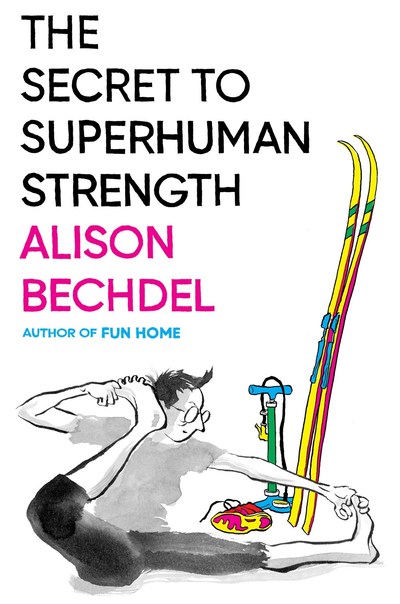
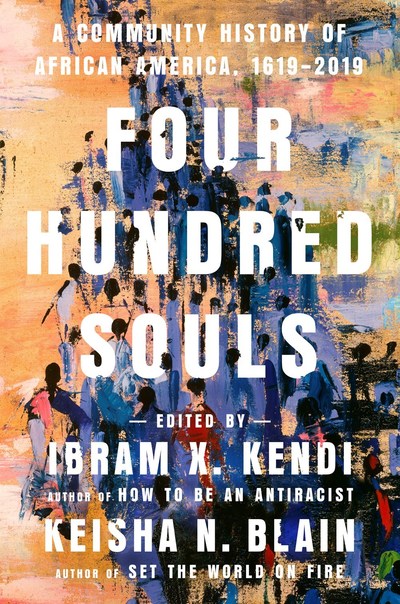
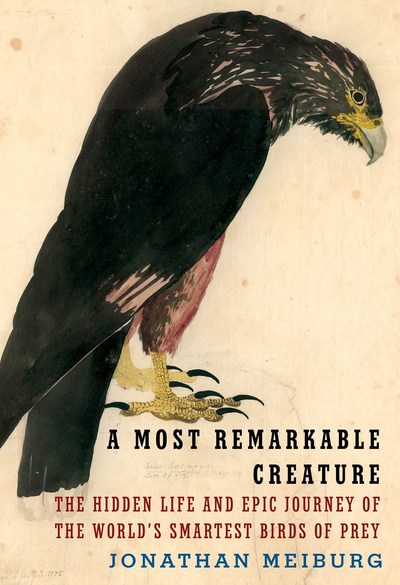
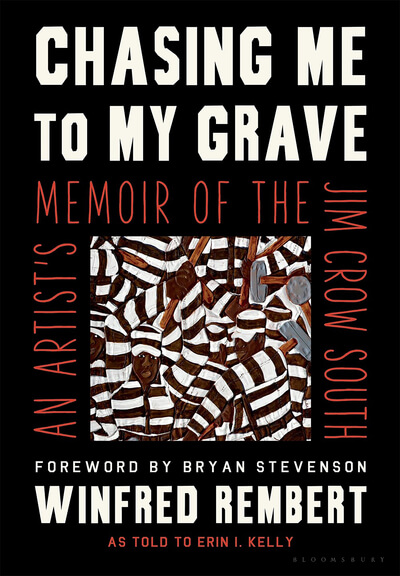

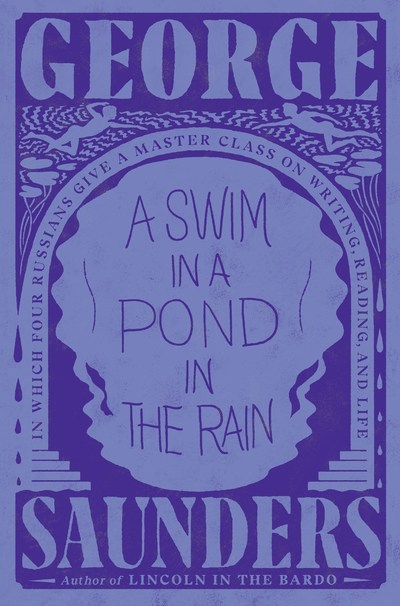
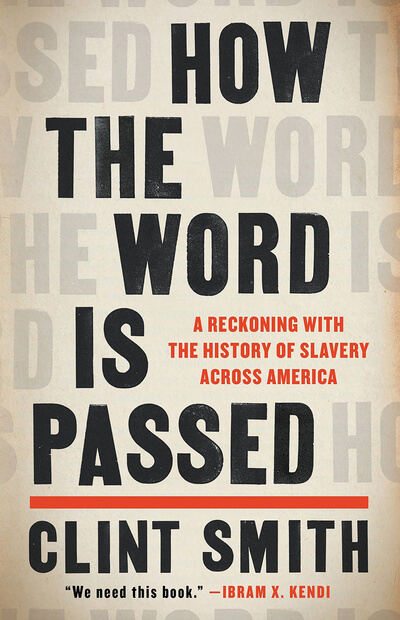

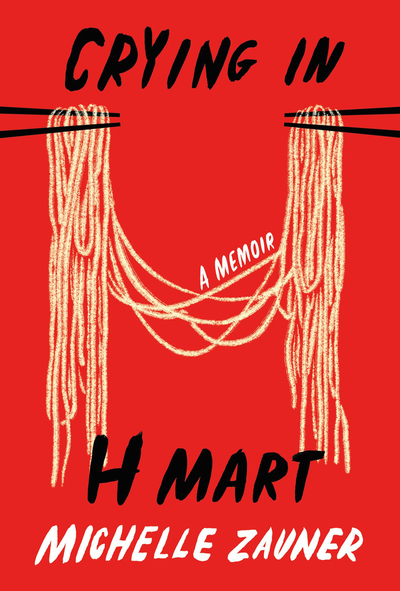
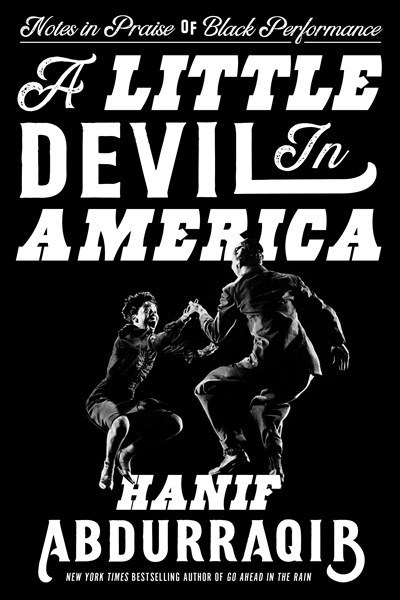











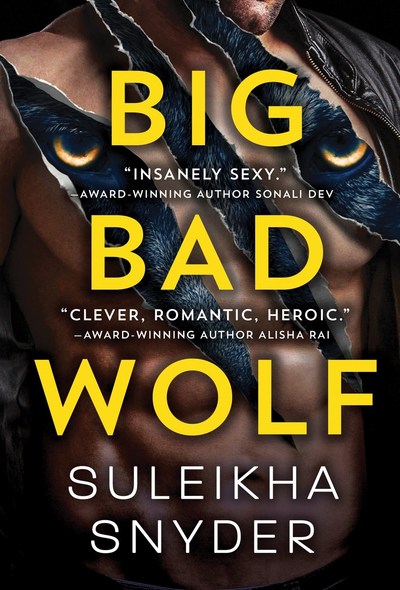



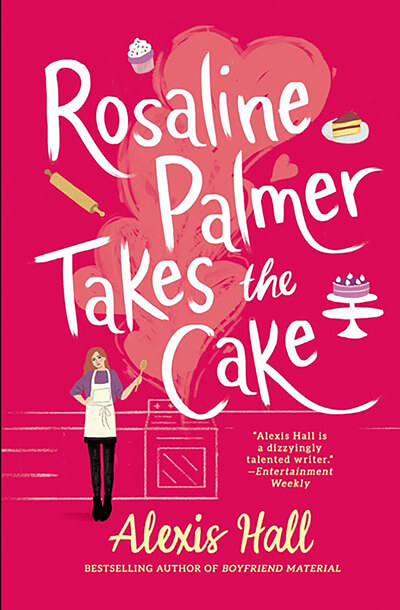

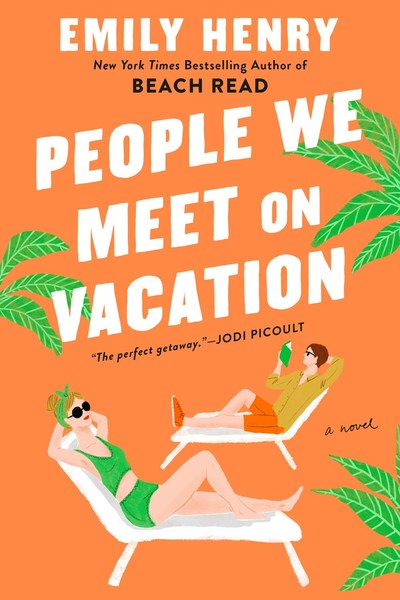


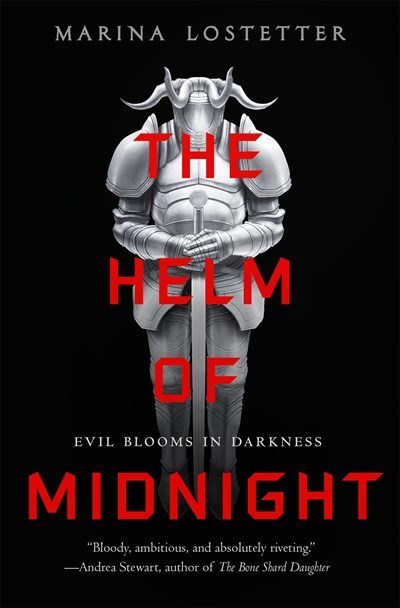
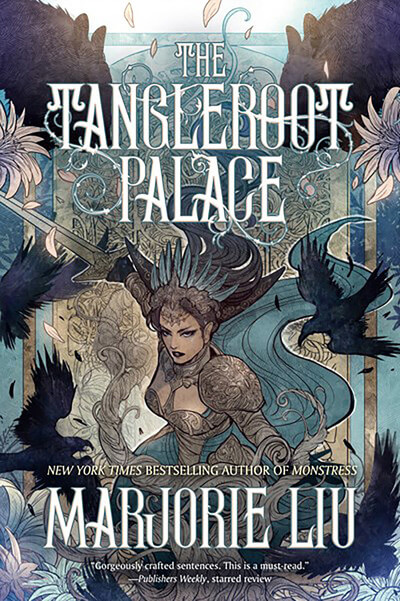


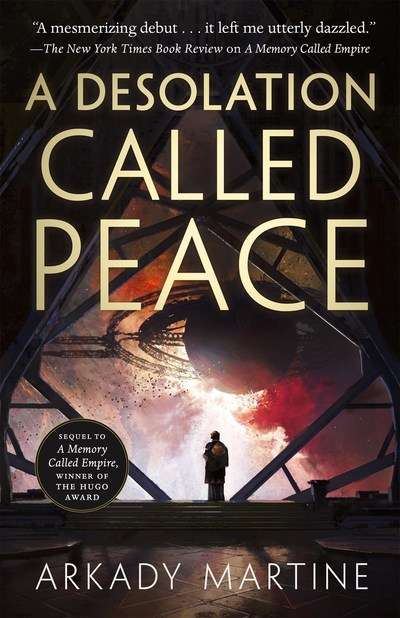
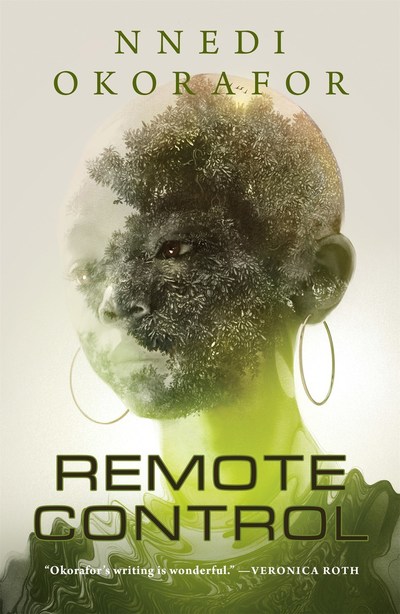

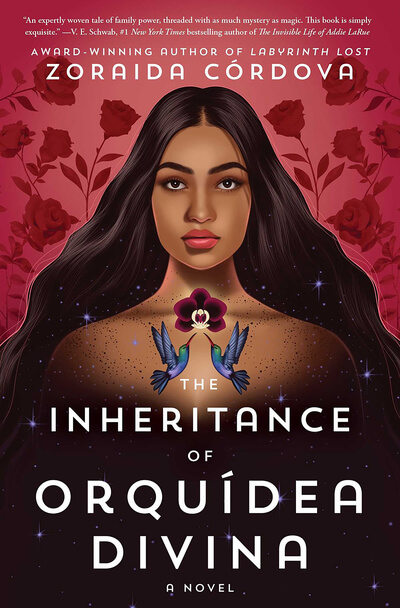
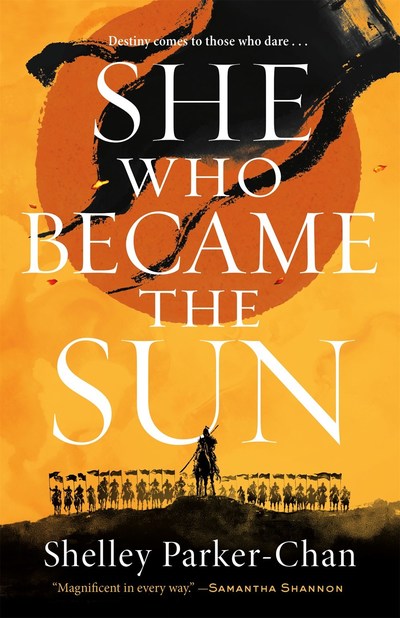





































 Your approach to Emmy is so clever: an Instagram influencer who draws a million-plus followers by making her life seem worse, not better, than it is. Do you think people will reevaluate those they follow on social media, and why they follow them, after reading your book?
Your approach to Emmy is so clever: an Instagram influencer who draws a million-plus followers by making her life seem worse, not better, than it is. Do you think people will reevaluate those they follow on social media, and why they follow them, after reading your book?














































